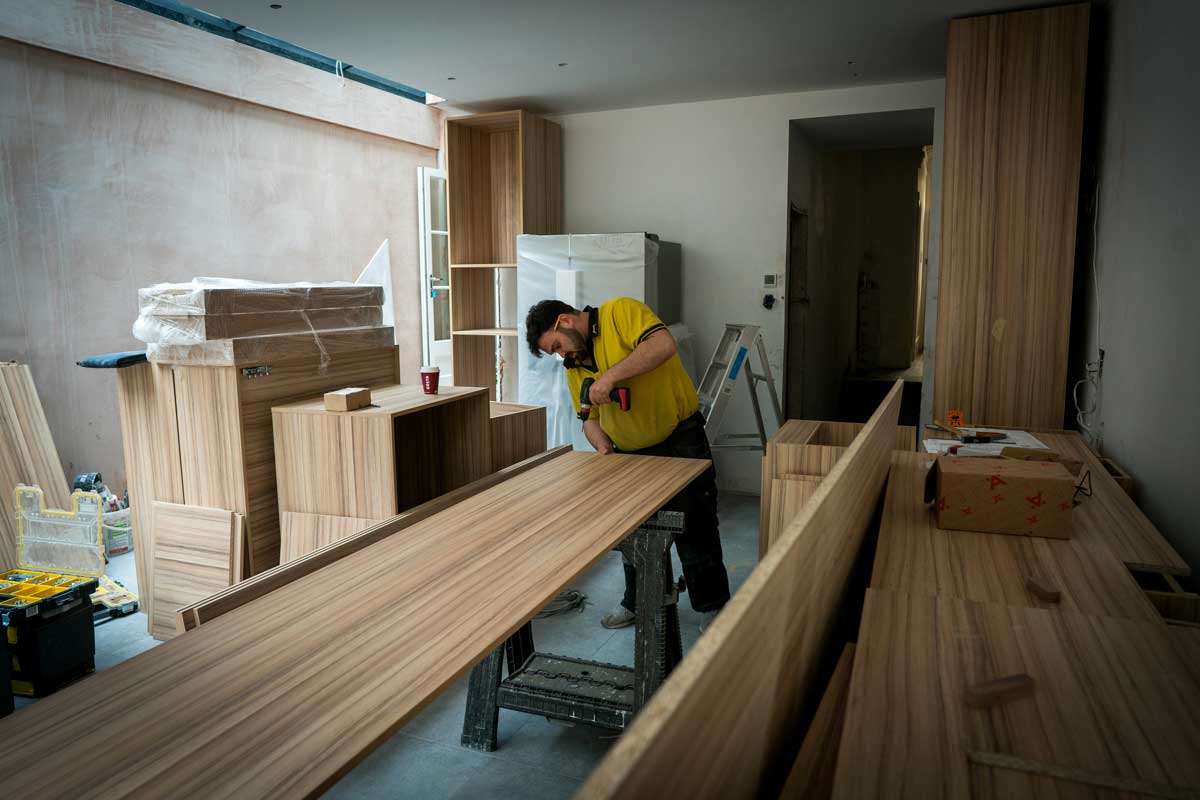
Understanding and Fixing a Leaky Shower Faucet
Identifying the Issue
So, you’ve noticed that annoying drip-drip sound coming from your shower faucet. It’s not just an annoyance; it’s also wasting water and potentially causing damage. The first step in solving this problem is to identify the source of the leak. Often, the issue lies within the faucet itself, but sometimes it can be related to other parts of your plumbing system.
Tools You’ll Need
Before you dive into fixing the leak, make sure you have the necessary tools on hand. You’ll likely need an adjustable wrench, screwdrivers (both flathead and Phillips), pliers, and possibly a pipe wrench. Additionally, it’s a good idea to have plumber’s tape and replacement parts ready in case they’re needed.
Shutting Off the Water
Before you start any work on your shower faucet, it’s essential to shut off the water supply. Locate the shut-off valve for your shower, which is usually located in the basement or utility room. Turn the valve clockwise to shut off the water completely. Once the water is off, turn on the faucet to drain any remaining water from the pipes.
Disassembling the Faucet
With the water off, you can now begin disassembling the faucet to access the source of the leak. Start by removing any decorative caps or handles covering the screws. Use a screwdriver to remove the screws and then carefully lift off the handle. Depending on the type of faucet you have, you may need to remove additional components to access the cartridge or valve.
Inspecting for Damage
Once you’ve exposed the inner workings of the faucet, take a close look at the cartridge or valve assembly for any signs of damage or wear. Common issues that can cause leaks include worn-out seals, loose parts, or mineral buildup. If you notice any visible damage, it’s best to replace the faulty component rather than attempting to repair it.
Replacing Faulty Parts
If you’ve identified a damaged component, it’s time to replace it with a new one. Take note of the make and model of your faucet to ensure you get the correct replacement parts. Carefully remove the old cartridge or valve assembly and install the new one according to the manufacturer’s instructions. Be sure to use plumber’s tape on any threaded connections to prevent leaks.
Reassembling the Faucet
Once you’ve installed the new parts, carefully reassemble the faucet in the reverse order of how you disassembled it. Make sure all components are properly aligned and tightened to prevent any future leaks. Once everything is back in place, turn the water supply back on and test the faucet to ensure the leak has been fixed.
Testing for Leaks
After reassembling the faucet, it’s crucial to test it for any remaining leaks. Turn the water back on and let the faucet run for a few minutes. Check around the base of the faucet and handles for any signs of dripping or leaking. If you notice any leaks, double-check that all connections are tight and properly sealed.
Seeking Professional Help
If you’ve followed these steps and are still experiencing issues with your shower faucet, it may be time to call in a professional plumber. They can diagnose the problem more accurately and provide expert solutions to fix the leak once and for all. While DIY fixes can be effective for minor issues, sometimes it’s best to leave it to the professionals for more complex problems.
Preventing Future Leaks
Once you’ve successfully fixed your leaky shower faucet, it’s essential to take steps to prevent future leaks. Regular maintenance, such as cleaning and lubricating the faucet components, can help prolong its lifespan and prevent wear and tear. Additionally, addressing any plumbing issues promptly can help prevent leaks from occurring in the first place. By staying proactive, you can keep your shower faucet in good working condition for years to come. Read more about shower faucet leaking



